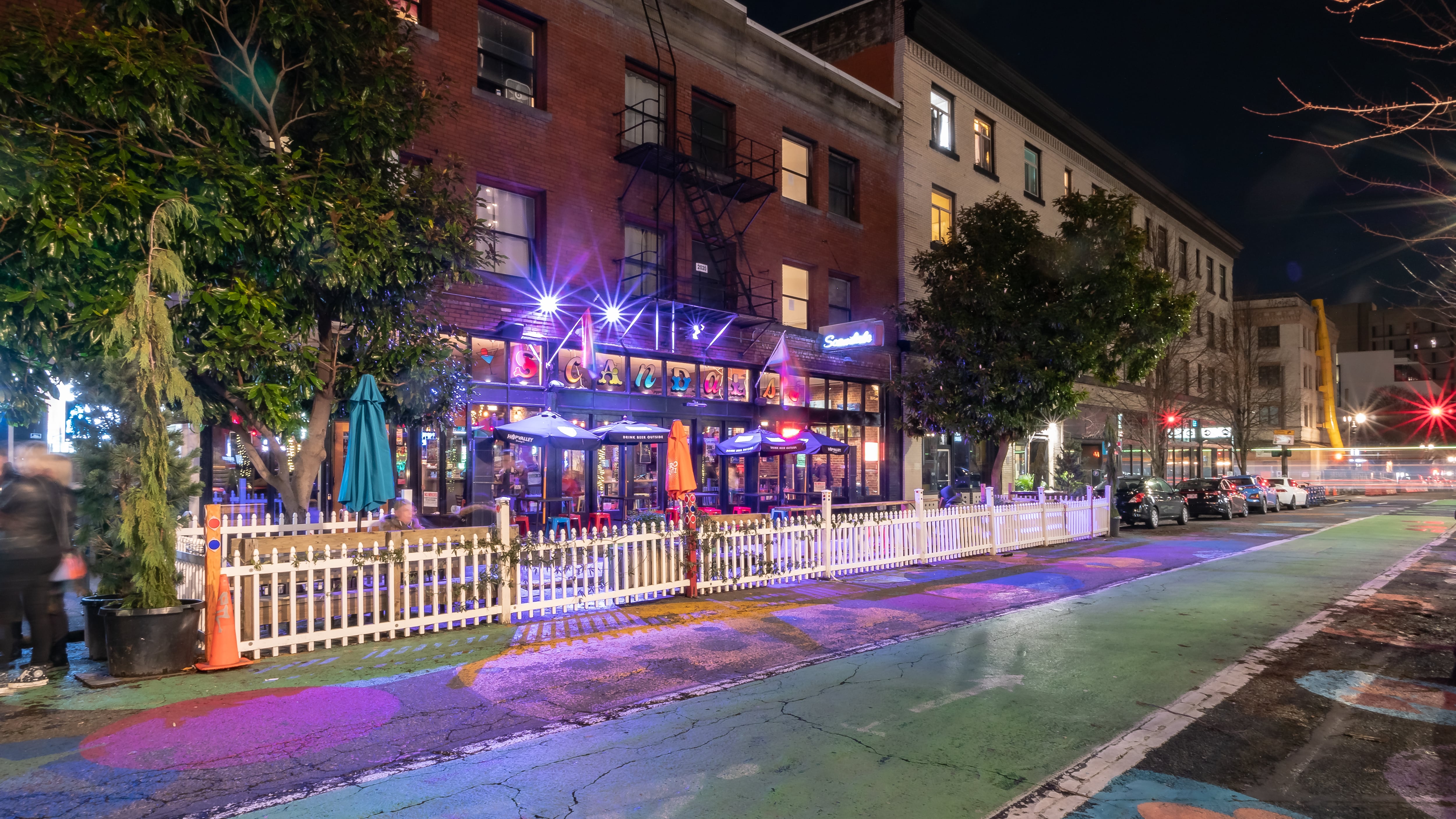On Jan. 18, the Portland City Council unveiled its latest response to the city’s housing crisis: renovation of the city-owned Fairfield Apartments, an 82-unit affordable housing complex at 1103 SW Harvey Milk St.
The city will sell the 1911-built structure to housing agency Home Forward for a rehab valued at $36.15 million. That total equals $482,000 per unit or $1,300 a square foot.
Nearly all the refurbished apartments will be single-room occupancy, meaning they lack kitchens and private bathrooms.
WW ran those numbers by housing experts. Although most declined to comment for the record, the experts, to a person, found the expense extraordinary.
Housing Commissioner Carmen Rubio says such criticism is misplaced. “Building new units is an urgent need and it is equally critical to retain, rehabilitate, and preserve existing affordable housing,” Rubio says. “We are not facing an either/or choice; we need to do both.”
The price tag includes the city’s contribution of the structure (valued at $5.24 million) and $8.5 million in cash. Interim Portland Housing Bureau director Molly Rogers told the City Council it was a good deal because the city’s money leveraged hefty private investment while preserving a historic building.
Here are the objections experts raised:
The investment doesn’t create any new units: The Fairfield comprises 82 units. Seven will be lost in the renovation, so $36.15 million will result in less housing. Experts say the city should instead focus on creating as many new units as possible. “Rather than patting themselves on the back for the 75 units,” says developer David Gold, “what about the hundreds of units that didn’t get built because our leaders weren’t good stewards of public funds?”
Housing Bureau spokeswoman Martha Calhoon says the city’s portfolio of deeply affordable housing for the city’s poorest residents is in dire need of preservation.
“Addressing the affordable housing shortage can’t be an either/or proposition,” Calhoon says. “Building new units alone doesn’t help us to address the affordable housing shortage if we are losing existing affordable housing at the same time.”
The project’s costs are very high: Gold and his partners finished a 112-unit project in East Portland last year at a total cost of $302 a square foot. City-subsidized housing on the eastside is more expensive but getting built for under $500 a square foot. Gold says the city ought to be counting every penny: “There is no excuse for spending that type of money for an SRO product when you could build complete apartments for half the cost or less.”
Calhoon says the Housing Bureau prioritizes leveraging as much outside money as possible, and by its calculations, the Fairfield is an efficient use of public funds and preferable to starting from scratch.
“With respect to total development costs, one cannot make apples-to-apples comparisons between market-rate and affordable housing,” she says. “Affordable housing projects must factor in additional costs due to the fact that they are publicly funded assets which must last for generations, generate very little rental income, [and] come with 99 years of affordability.”
High-quality newer buildings are selling cheap: Higher interest rates and waning investor enthusiasm for Portland has created a buyers’ market for apartment buildings. One recent example: The Reveal, a 2017-built market-rate building in the Pearl District sold in November for $305 a square foot—less than a quarter of the cost of the Fairfield rehab. All over town, brokers say, there are buildings for sale at well below the cost of construction. “I think it’s a cheaper and more timely solution than doing these significantly expensive renovations,” says Robert Black, a senior vice president at Newmark, a commercial brokerage firm.
But the city has been working to save the Fairfield for a long time. “The Fairfield is in one of the most important downtown locations for permanent supportive housing where returning residents and formerly homeless residents could easily access services and transportation,” Calhoon says.
